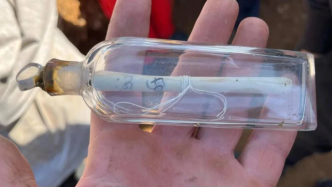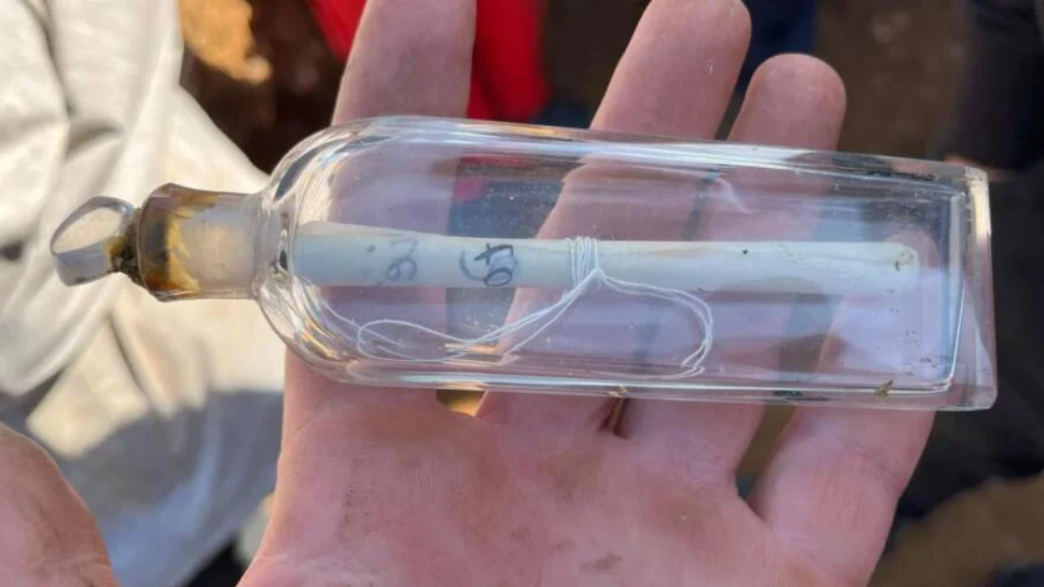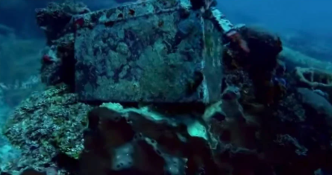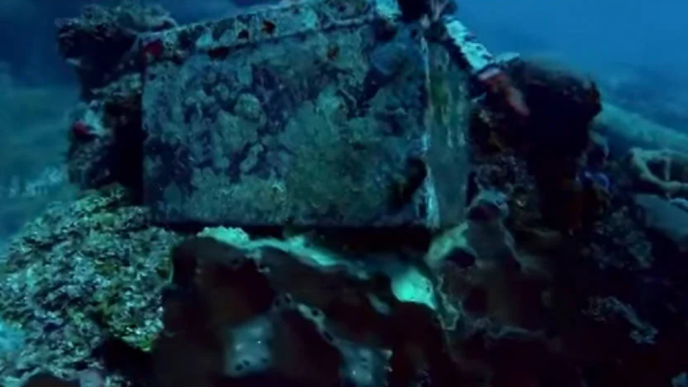While excavating the remnants of an ancient Gaulish village in Dieppe, France, archaeologists unearthed a note from a fellow archaeologist who had worked at the same site in 1825. While it’s common for archaeologists to find artifacts from the past, discovering notes from other researchers is quite rare.
A group of student volunteers made an intriguing find during their excavation in northern France. As they unearthed artifacts from a historic Gaulish village, they stumbled upon a message in a bottle that was written two centuries ago by an archaeologist who had previously explored the same area.
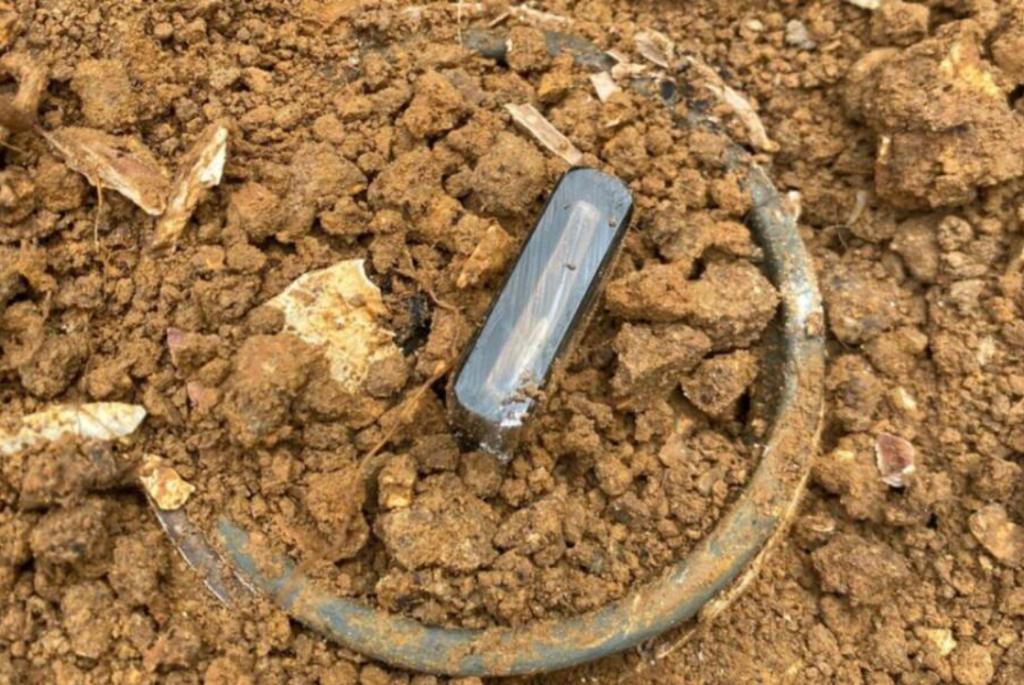
The 200-Year-Old Message In A Bottle Discovered In Dieppe, FranceAccording to reports by BBC News, the century-old note was uncovered during a dig in Dieppe, located on the Normandy coast. A team of student volunteers was excavating at a Gaulish site known as Caesar’s Camp when one student noticed an oddly modern object atop a trench.
Guillaume Blondel, a local archaeologist leading the dig, noted that the student had discovered a pot “covered with a small glazed cup.” They observed a “white glass object protruding from it.” After confirming it wasn’t some kind of unexploded bomb from World War II, they proceeded with its excavation.
Inside, they uncovered a small glass bottle. Blondel described it as “a salt bottle similar to those women wore around their necks to inhale and stave off fainting due to tight bodices.” Inside the bottle was a note, neatly rolled and tied with string.
The student archaeologists speculated about the contents of the note, imagining it could be anything from a love letter to an ancient recipe. Instead, the note revealed itself to be a message from an archaeologist who had placed it there 200 years earlier. As the students watched, Blondel carefully donned white gloves and unrolled the note, which read:
“P.J Féret, a resident of Dieppe and member of various intellectual societies, conducted excavations here in January 1825. He continues his research in this extensive area known as Cité de Limes or Caesar’s Camp.”
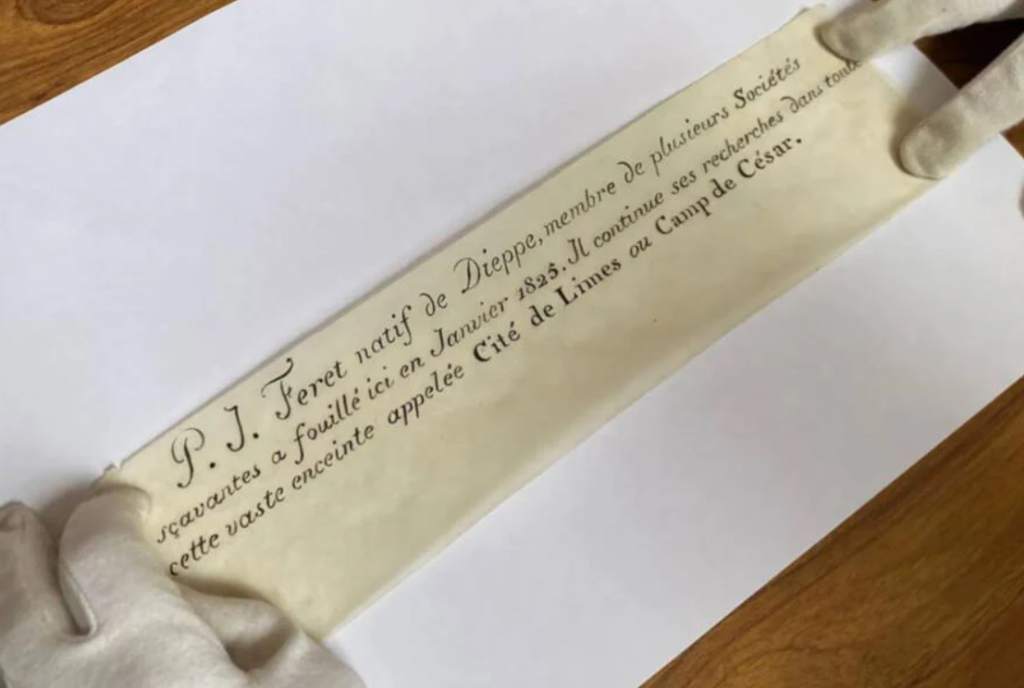
Blondel explained to his students that Féret was the first archaeologist to investigate the site they were currently working on, stating, “He was the first to excavate and uncover evidence of the Gallic presence.”
Although Féret initiated the archaeological exploration at this location, Blondel and his students aspire to complete the work, with time running short. Various government organizations in Normandy have flagged the site as one of several at risk due to coastal erosion.
A significant portion of the site has already been lost. In Dieppe, for instance, a small Gallo-Roman temple once stood; it had a surviving corner in 1996 but is now completely gone.
Blondel, his team, and other archaeologists aim to deepen their understanding of these sites and document them through maps and photographs before they vanish entirely. There are still many questions to explore, even though archaeologists like Féret visited long ago.
“Was it a place of residence? A center of power? A temporary refuge?” Blondel pondered, adding, “We don’t have an answer yet.”
After learning about the 200-year-old note from the French archaeologist, take a look at these haunting images of the Paris catacombs. Then, discover the Dieppe Raid, the unsuccessful attempt to invade Nazi-occupied France that aided the Allies in planning for D-Day.
